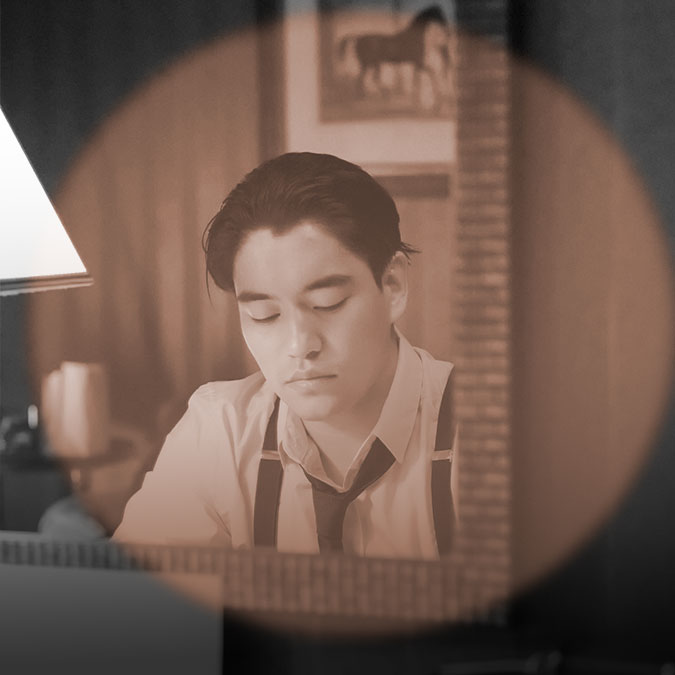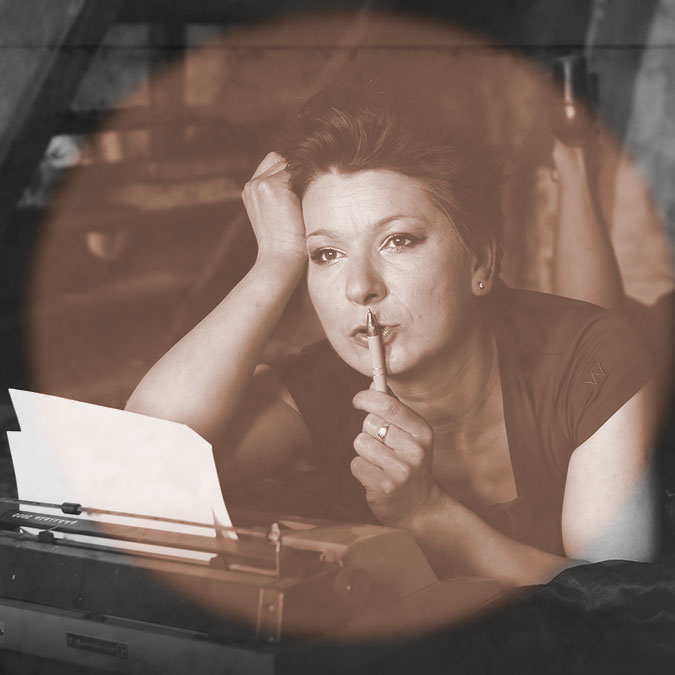Starting at the beginning. How the best writers open their stories
Toolbox articles are shorter-form pieces that explore wider literary tropes, like point-of-view narrative and tense. Sign up to our newsletter to receive these articles direct to your inbox, before they’re published on the site.
We all know why the opening of a piece of fiction is so important. It’s the writer’s first big chance to grab the reader’s attention and say, ‘Hey, welcome to my fictional universe. Keep on reading and find out what happens next.’ This requires intrigue. A writer wants to pique a reader’s interest, to make them agree that their story is worth investing time into.
But there’s more to it than that. A writer also needs to set the scene. The opening of a story needs to introduce the tone and voice, bring into play characters and locations, and get the ball rolling with plots and subplots.
And if that weren’t complicated enough, all of this needs to be accomplished with precision and economy of language.
Clearly, there’s a balance to be struck. But what is it?
As an example, I want to use the opening of Klara and the Sun by Kazuo Ishiguro — one of the best literary technicians out there, especially when it comes to pacing. Let’s look at how Ishiguro begins the novel.
When we were new, Rosa and I were mid-store, on the magazines table side, and could see through more than half of the window. So we were able to watch the outside – the office workers hurrying by, the taxis, the runners, the tourists, Beggar Man and his dog, the lower part of the RPO Building. Once we were more settled, Manager allowed us to walk up to the front until we were right behind the window display, and then we could see how tall the RPO Building was. And if we were there at just the right time, we would see the Sun on his journey, crossing between the building tops from our side over to the RPO Building side.
Klara and the Sun, Kazuo Ishiguro
I hope you’ll agree that for just 120 words, this opening paragraph offers an impressive balance of exposition and intrigue. While it provides us with a smattering of information about the fictional universe in which the novel is set, it also posits a number of compelling questions.
Here’s what we learn, as well as some open-ended questions that Ishiguro leaves us wanting answers to.
Exposition
- The story is first-person, past-tense
- There is a character called Rosa who, like our narrator, watched the world go by through a window when both were considered ‘new’
- Since then, Rosa and the narrator have become more ‘settled’
- They are in a busy, urban setting
- There is a character named ‘Manager’, who wields a level of control over Rosa and the narrator.
Intrigue
- Why are the narrator and Rosa seemingly stuck behind the window, in the control of ‘Manager’?
- Why were they once considered ‘new’? And why are they now ‘settled’?
- What is the RPO Building?
- Why is ‘the Sun’ anthropomorphised (‘his journey’)?
These are the seeds from which the rest of the novel grows. Over the ensuing paragraphs and pages, Ishiguro continues to feed us exposition, fleshing out the characters, plot and setting. And throughout the book, the open-ended questions are slowly but surely answered (with new ones added along the way). But it all starts from these 120 words.
If Ishiguro were not the great writer that he is, then perhaps he would be less delicate in his delivery. He might, for instance, spend this precious opening paragraph describing exactly who Rosa is — important information, for sure, but it would come at the cost of the intrigue points listed above. Likewise, let’s imagine if he were to use less exposition, using intrigue points to grab and throttle the reader by the shoulder. Yes, he might have our attention (for a time), but at the cost of providing vital information (such as character names and location) that lays the foundations of the story.
Try it at home
Klara and the Sun opens with a paragraph that any writer would be proud of. But it’s not just Ishiguro who’s in on the secret. If you take a deeper look, you’ll see that many of your favourite writers are doing the same thing by offering a fine balance of exposition and intrigue.
In fact, you should go see for yourself!
Pick up the first book you find on your bookshelf (writers: you can try this with your own work, if you’d like) and read through the opening paragraph, making two lists, one for exposition and the other for intrigue. Ask yourself if the two lists are well balanced, and if not, what’s missing? Is there too much exposition, or not enough? Do the points of intrigue leave you wanting to read on, or do you think the writer doesn’t go far enough?
Go a step further
‘Hills like white elephants’ by Ernest Hemingway is a mega short story, in that it’s only fifteen-hundred words in length, but it’s absolutely fantastic, and demonstrates a masterful technique of introduction and intrigue. Click here to read the full fetish analysis, and pay extra-special attention to the section ‘Hemingway sets the scene,’ where we discuss how Hemingway’s ultra pithy introduction lays the perfect foundation for the rest of the story.



